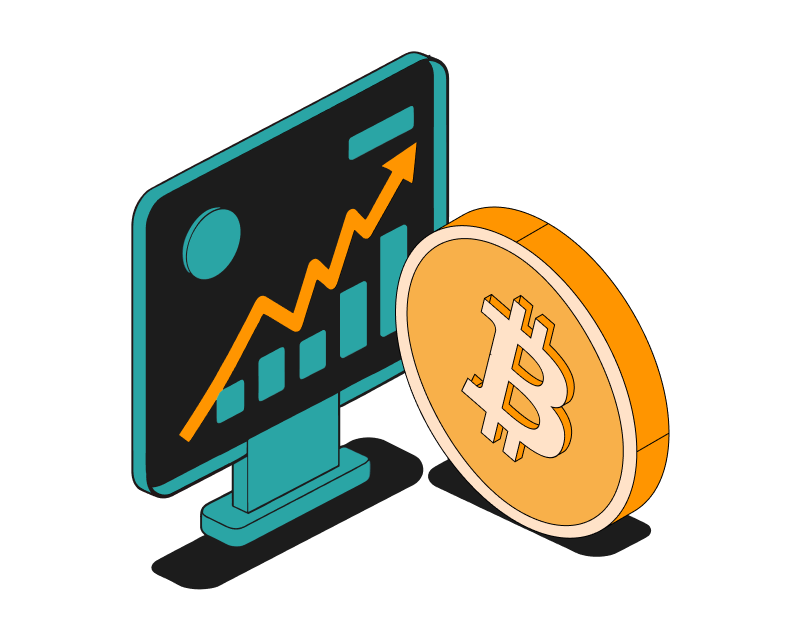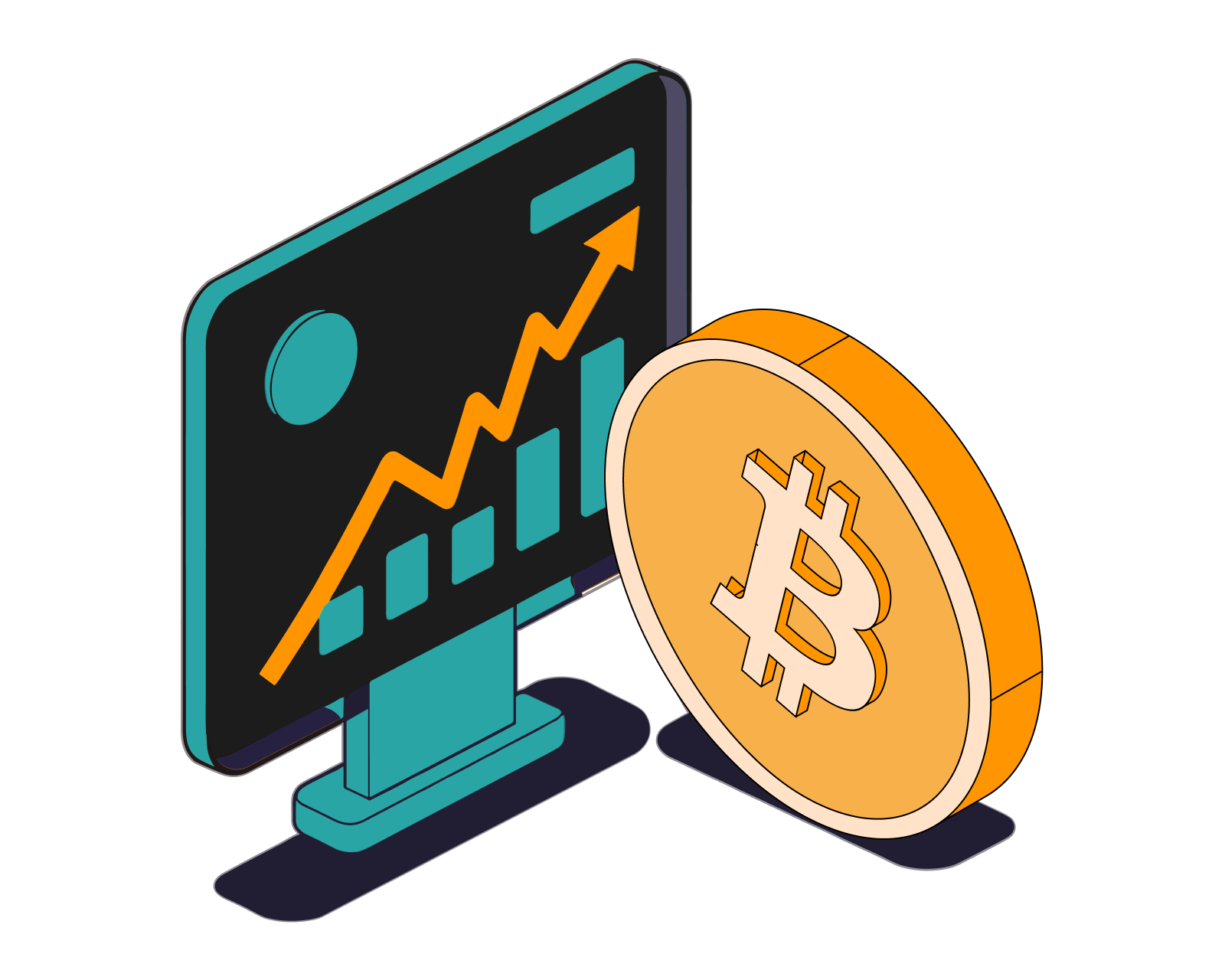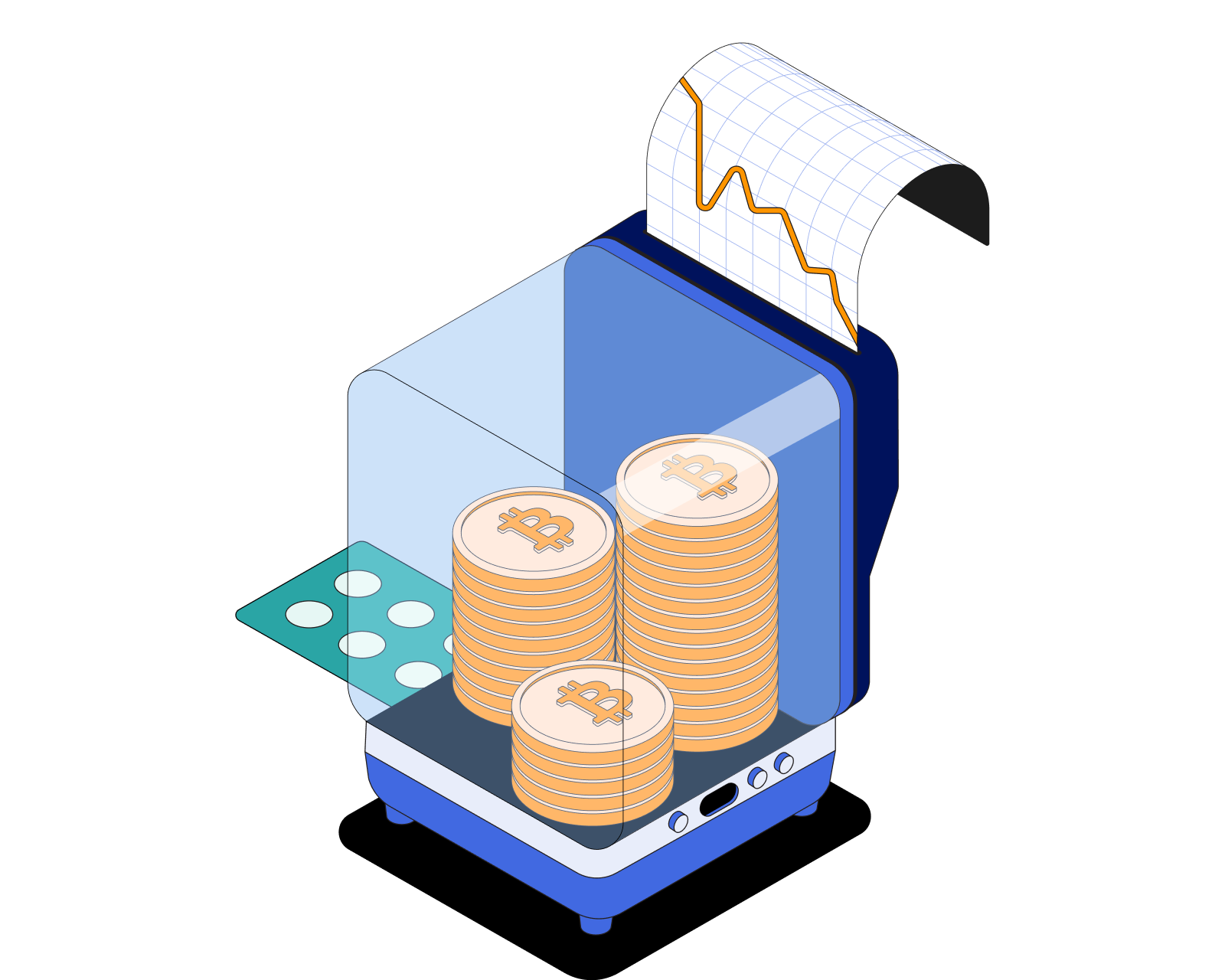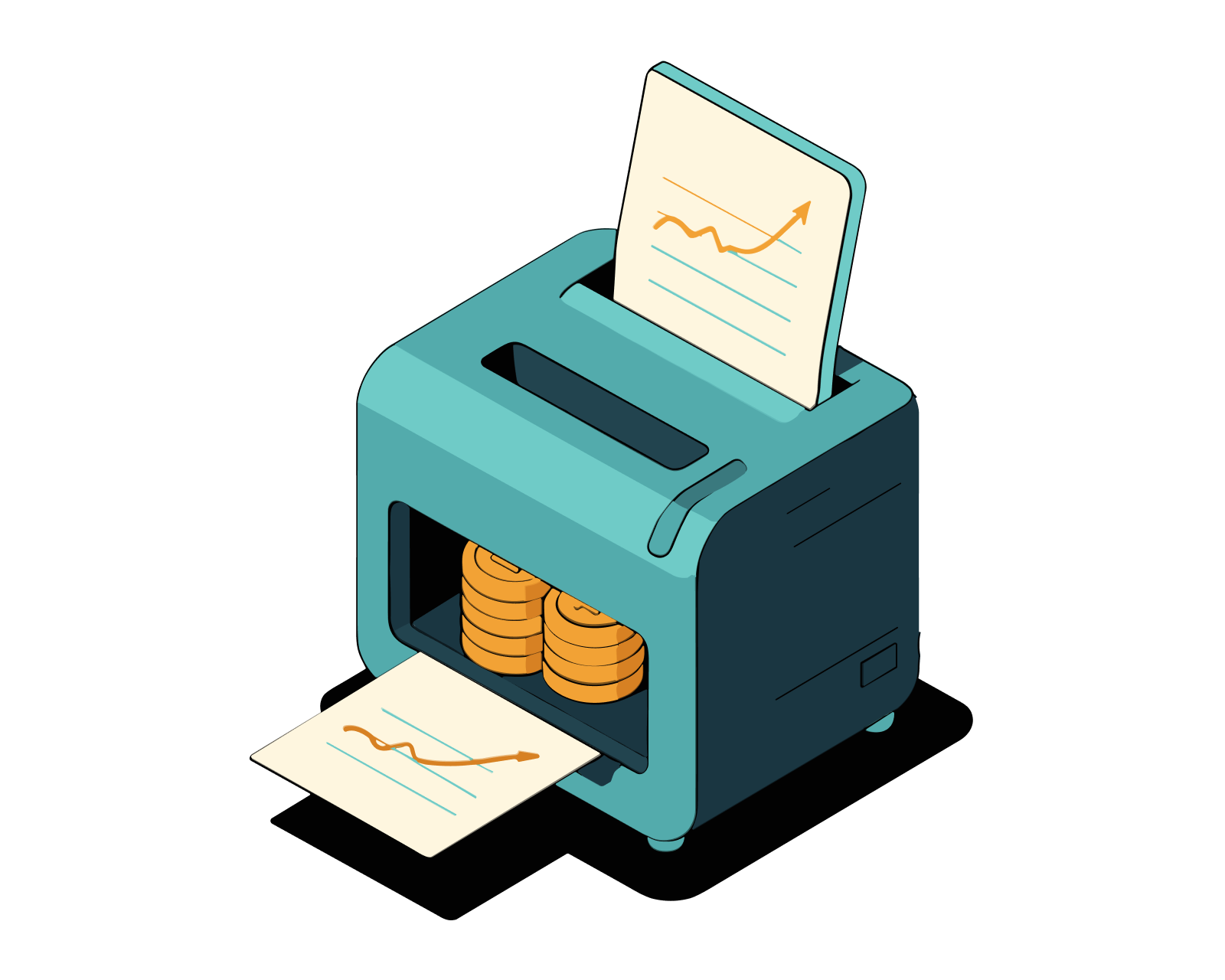What is Market Cap?

Table of Contents
Understanding Market Cap in Cryptocurrency
Market capitalization (market cap) is a fundamental metric in finance, used to measure the total value of a company's outstanding shares or, in the context of cryptocurrency, the total value of all coins or tokens in circulation. It's a key indicator for assessing the relative size and value of different cryptocurrencies. This article explains market cap, its calculation, significance, limitations, and relationship to other market factors.
Get started with a quick introduction to Bitcoin and cryptocurrencies, and learn more about Ethereum, altcoins, and explore Bitcoin.com's ecosystem token, VERSE.
How is Market Cap Calculated?
Market cap is calculated by multiplying the current market price of a cryptocurrency by its circulating supply:
Market Cap = Current Market Price * Circulating Supply
- Current Market Price: The current price of a single unit of the cryptocurrency.
- Circulating Supply: The total number of coins or tokens currently available in the market.
For example, if Bitcoin's price is $30,000 and its circulating supply is 19 million, its market cap is $570 billion.
Why is Market Cap Important?
Market cap helps investors assess:
-
Relative Size: Compares the size of different cryptocurrencies. A larger market cap often indicates a more established project. Learn more about Bitcoin's dominance.
-
Growth Potential: While not a predictor, market cap can suggest growth potential. Smaller market cap cryptocurrencies might have more room to grow. Understand more about Bitcoin's long-term potential and what gives Bitcoin value.
-
Investment Decisions: Market cap provides a relative measure of value and size, aiding informed decisions. Learn about Bitcoin as an asset class.
-
Market Stability: Larger market cap often suggests greater stability, requiring more capital to influence the price. Learn about volatility.
-
Whale Influence: Large market cap cryptocurrencies are generally less susceptible to manipulation by large holders ("whales"). Learn more about Bitcoin whales.
Limitations of Market Cap
While useful, market cap has limitations:
-
Doesn't Reflect Actual Value: Market cap is based on the current price, which can be influenced by speculation, not true value. Understand the factors influencing Bitcoin's price.
-
Circulating Supply Accuracy: Determining precise circulating supply can be challenging, especially for newer projects.
-
Liquidity: Market cap doesn't reflect liquidity. A high market cap cryptocurrency might have low liquidity. Learn about liquidity and Bitcoin's liquidity.
-
Manipulation: Market cap can be manipulated through artificial inflation. Learn how to avoid Bitcoin fraud.
-
Doesn't Account for Lost or Locked Coins: Market cap calculations don't consider lost or locked coins, potentially overestimating market value.
-
Not a Predictor of Future Performance: Past market cap performance doesn't predict future results.
Market Cap and Other Factors
Market cap relates to:
-
Circulating Supply: Directly influences market cap. Changes in supply impact market cap.
-
Price: Price changes directly affect market cap.
-
Trading Volume: High volume indicates a healthy market but doesn't determine market cap. Learn more about trading volume.
-
Market Liquidity: High market cap doesn't guarantee high liquidity.
Market Cap vs. Fully Diluted Valuation
Fully diluted valuation considers the market cap if the maximum supply were circulating, offering a hypothetical future valuation.
Market Cap and Investment Decisions
Consider these factors alongside market cap:
-
Project Fundamentals: Evaluate the team, technology, and use case. Learn about Bitcoin's fundamentals.
-
Market Trends: Understand market trends and sentiment.
-
Risk Tolerance: Assess your risk tolerance.
-
Diversification: Diversify your portfolio. Learn more about Bitcoin as an asset class and dollar cost averaging (DCA).
Conclusion
Market cap is a valuable tool for evaluating Bitcoin and cryptocurrencies, but it has its limitations. For a well-rounded perspective, combine it with other key metrics, fundamental, technical, and sentimental analysis, and a clear understanding of market dynamics.
To make informed decisions, it's essential to learn how to read a chart, recognize trends, and analyze market behavior. A strategic approach that includes on-chain data, price patterns, and investor sentiment can provide deeper insights into market movements.
Understand more about how Bitcoin transactions work and the importance of Bitcoin wallets. Also, dive into the world of Decentralized Finance (DeFi) here.
Related guides
Start from here →
How does Bitcoin compare to other asset classes?
Find out how Bitcoin has performed as an asset class vs. others.
Read this article →
How does Bitcoin compare to other asset classes?
Find out how Bitcoin has performed as an asset class vs. others.

What is trading volume?
Understand why trading volume matters and how you can use it as a powerful trading indicator.
Read this article →
What is trading volume?
Understand why trading volume matters and how you can use it as a powerful trading indicator.

What is liquidity?
Liquidity has several slightly different but interrelated meanings. For the purposes of crypto, liquidity most often refers to financial liquidity and market liquidity.
Read this article →
What is liquidity?
Liquidity has several slightly different but interrelated meanings. For the purposes of crypto, liquidity most often refers to financial liquidity and market liquidity.

What is volatility?
Discover the role of volatility in crypto markets, how it’s measured, and more.
Read this article →
What is volatility?
Discover the role of volatility in crypto markets, how it’s measured, and more.

Bitcoin Price Prediction
A deep dive into Bitcoin price prediction, considering historical trends, market cycles, and future potential. Understand the factors that drive Bitcoin's value and learn strategies for managing risk.
Read this article →
Bitcoin Price Prediction
A deep dive into Bitcoin price prediction, considering historical trends, market cycles, and future potential. Understand the factors that drive Bitcoin's value and learn strategies for managing risk.
STAY AHEAD IN CRYPTO
Stay ahead in crypto with our weekly newsletter delivering the insights that matter most
Weekly crypto news, curated for you
Actionable insights and educational tips
Updates on products fueling economic freedom
No spam. Unsubscribe anytime.



Start investing safely with the Bitcoin.com Wallet
Over wallets created so far
Everything you need to buy, sell, trade, and invest your Bitcoin and cryptocurrency securely

© 2026 Saint Bitts LLC Bitcoin.com. All rights reserved


